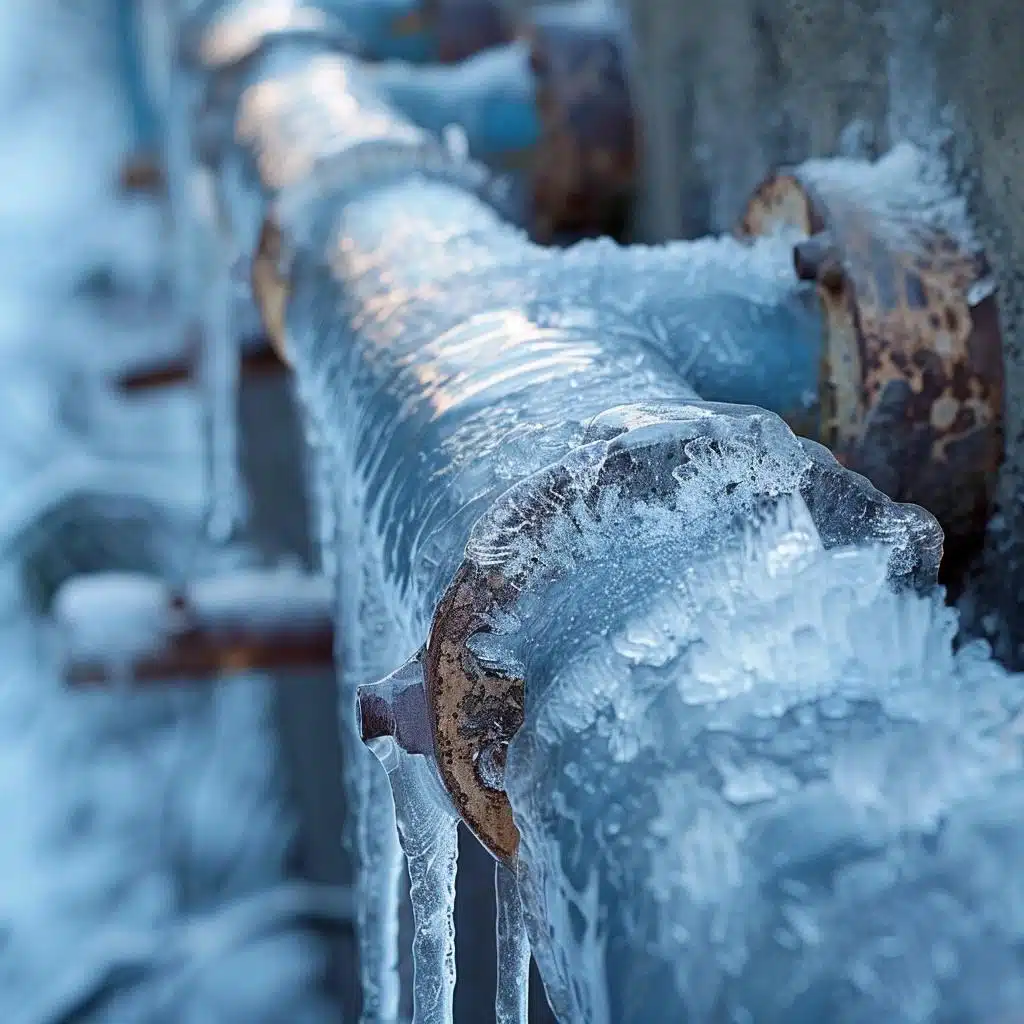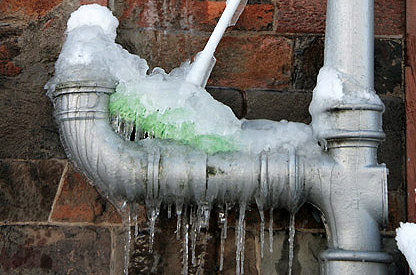Crucial Advice for Avoiding Frozen Pipes in Winter Seasons
Crucial Advice for Avoiding Frozen Pipes in Winter Seasons
Blog Article
In this article below you can locate a bunch of excellent answers relating to How To Avoid Freezing Pipes.

Winter can damage your pipes, specifically by freezing pipes. Here's exactly how to stop it from happening and what to do if it does.
Introduction
As temperatures decline, the threat of icy pipes boosts, possibly resulting in costly fixings and water damages. Comprehending exactly how to avoid icy pipes is vital for house owners in cold environments.
Avoidance Tips
Insulating prone pipelines
Wrap pipes in insulation sleeves or use warm tape to protect them from freezing temperature levels. Concentrate on pipes in unheated or external areas of the home.
Heating methods
Maintain indoor spaces adequately heated, particularly locations with pipes. Open cupboard doors to permit cozy air to circulate around pipelines under sinks.
Just how to recognize icy pipes
Look for decreased water flow from faucets, uncommon smells or sounds from pipelines, and noticeable frost on subjected pipes.
Long-Term Solutions
Structural adjustments
Think about rerouting pipelines far from outside wall surfaces or unheated locations. Include additional insulation to attics, basements, and crawl spaces.
Upgrading insulation
Buy top notch insulation for pipes, attics, and walls. Proper insulation assists preserve constant temperature levels and minimizes the risk of icy pipelines.
Protecting Outside Plumbing
Garden pipes and outdoor faucets
Disconnect and drain pipes garden pipes prior to winter. Install frost-proof faucets or cover outside faucets with shielded caps.
Recognizing Icy Pipelines
What triggers pipes to ice up?
Pipelines freeze when exposed to temperatures listed below 32 ° F (0 ° C) for prolonged durations. As water inside the pipelines freezes, it increases, taxing the pipeline wall surfaces and possibly triggering them to rupture.
Threats and damages
Frozen pipes can result in water disturbances, home damages, and expensive repairs. Burst pipes can flood homes and cause extensive architectural damages.
Indicators of Frozen Water Lines
Determining frozen pipes early can stop them from rupturing.
What to Do If Your Pipes Freeze
Immediate activities to take
If you presume frozen pipes, maintain taps open up to soothe pressure as the ice thaws. Utilize a hairdryer or towels soaked in warm water to thaw pipelines slowly.
Verdict
Stopping frozen pipelines needs proactive actions and quick feedbacks. By comprehending the reasons, indicators, and safety nets, home owners can safeguard their pipes throughout winter.
5 Ways to Prevent Frozen Pipes
Drain Outdoor Faucets and Disconnect Hoses
First, close the shut-off valve that controls the flow of water in the pipe to your outdoor faucet. Then, head outside to disconnect and drain your hose and open the outdoor faucet to allow the water to completely drain out of the line. Turn off the faucet when done. Finally, head back to the shut-off valve and drain the remaining water inside the pipe into a bucket or container. Additionally, if you have a home irrigation system, you should consider hiring an expert to clear the system of water each year.
Insulate Pipes
One of the best and most cost-effective methods for preventing frozen water pipes is to wrap your pipes with insulation. This is especially important for areas in your home that aren’t exposed to heat, such as an attic. We suggest using foam sleeves, which can typically be found at your local hardware store.
Keep Heat Running at 65
Your pipes are located inside your walls, and the temperature there is much colder than the rest of the house. To prevent your pipes from freezing, The Insurance Information Institute suggests that you keep your home heated to at least 65 degrees, even when traveling. You may want to invest in smart devices that can keep an eye on the temperature in your home while you’re away.
Leave Water Dripping
Moving water — even a small trickle — can prevent ice from forming inside your pipes. When freezing temps are imminent, start a drip of water from all faucets that serve exposed pipes. Leaving a few faucets running will also help relieve pressure inside the pipes and help prevent a rupture if the water inside freezes.
Open Cupboard Doors
Warm your kitchen and bathroom pipes by opening cupboards and vanities. You should also leave your interior doors ajar to help warm air circulate evenly throughout your home.

Do you like reading about Winter Plumbing Precautions: Preventing Frozen Pipes? Try to leave feedback directly below. We will be pleased to find out your responses about this blog posting. We hope to see you back again later on. For those who enjoyed our blog posting please consider to pass it around. Thank you for your time invested reading it.
Schedule Appointment Now Report this page